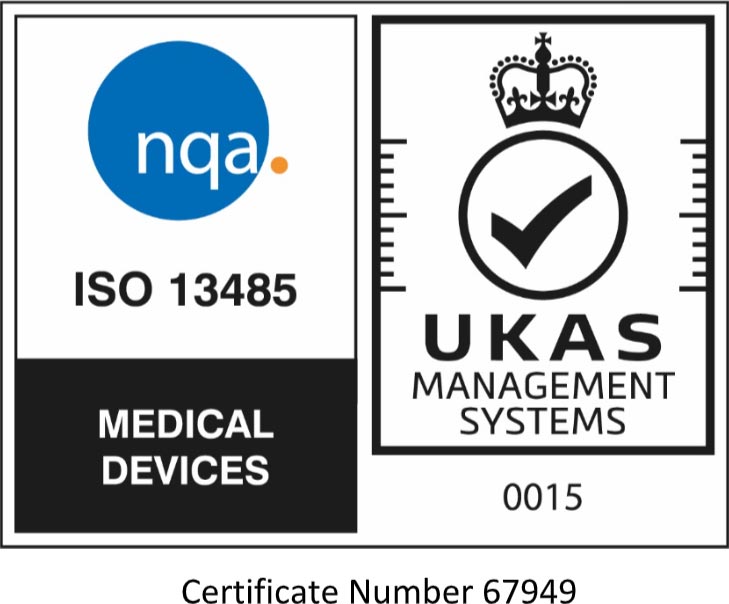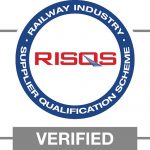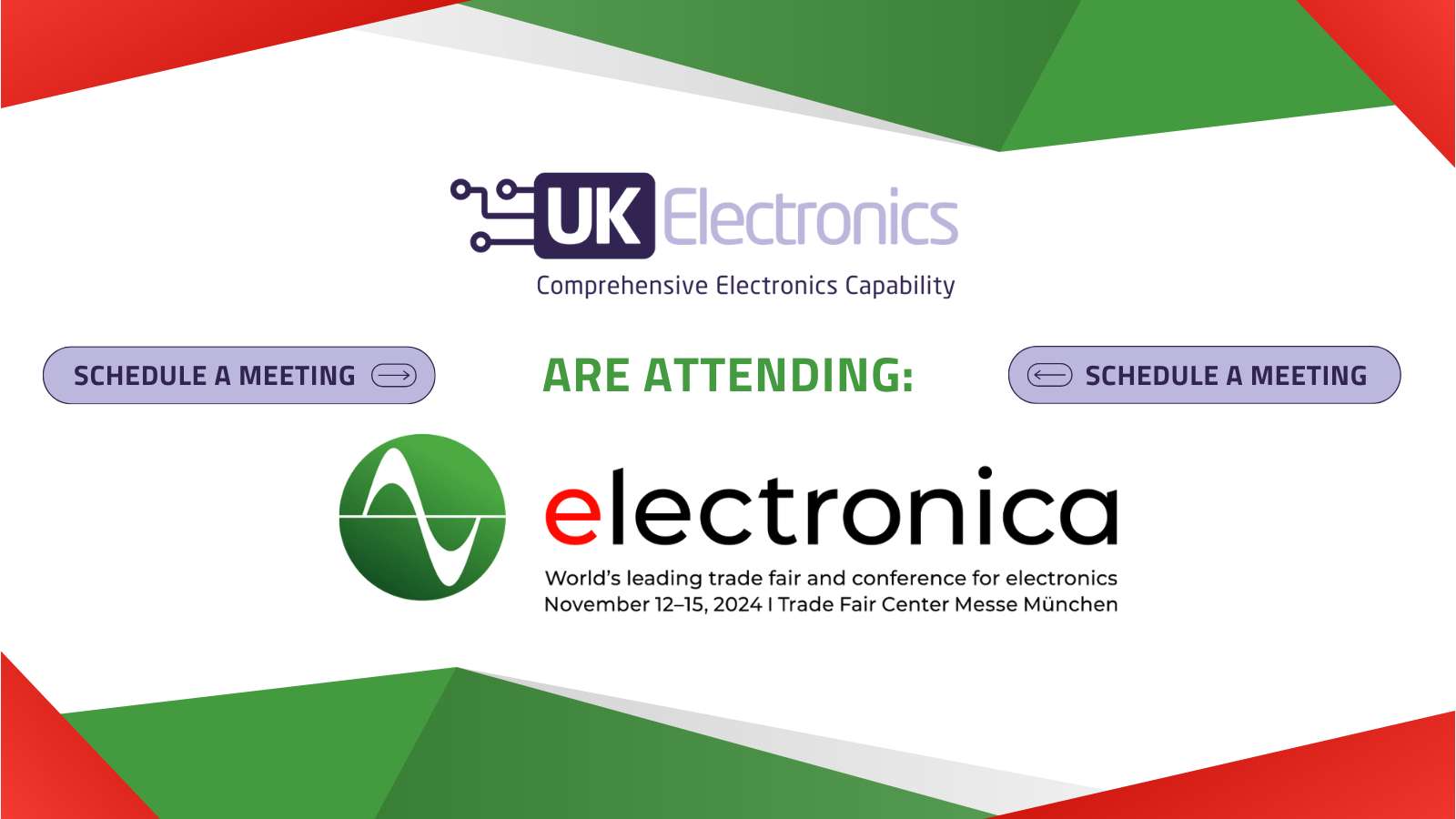This report has been provided by one of our suppliers – Rutronik.
The electronic component supply chain is currently experiencing considerable strain with some major disruption. There are several reasons driving this situation: capacity constraints, mergers and acquisitions, obsolescence and higher-than-expected demand creating component shortages across the board.
Many manufacturers have announced extended lead times and products on allocation. For those who have not experienced allocation before this describes the point where demand for a product outstrips the available manufacturing capacity. This results in extended lead times and/or situations where manufacturers allocate product to try and keep everyone manufacturing but maybe not at the desired volume.
Every manufacturer will handle things differently. The allocation situation can take time to resolve as lead-times for new manufacturing equipment and facility can be lengthy and recruiting and training of new staff can be problematic.
As a result, we are also seeing some prices increase across certain commodities and manufacturers. Global automotive OEMs and the leading consumer technology companies are hedging forward 3 to 5 years on raw materials and booking Fab capacity.
The update below is a synopsis formed from various information and communications we have had from suppliers, customers and manufacturers.
Key Lead Time and Capacity Issues
Fab constraints are being seen by a great number of manufacturers who are also experiencing a slip in lead-times, and in several instances allocations.
A global shortage of Tantalite Ore is resulting in shortages of Tantalum capacitors, often used in the automotive sector. Shortages are also being experienced in the following passive markets: TDK; general chip resistors; Vishay; MLCC’s generally; Murata, Samsung; Epcos; Rohm, Kemet; Taiyo Yuden; Yageo and AVX.
- Some Flash devices are experiencing extended lead times of 20 weeks upwards or are on allocation with increasing prices, partly because of increasing demand and also increasing costs.
- Packaging houses are at full capacity, further compounding the production issue. Lead-times are increasing in part due to fall out from delivery issues of competitors.
Pricing Uncertainty
- NXP increased the standard Euro cost price by an average of 6% for all products on 3rd July 2017.
- Over the next 3 months Littelfuse passive prices look to be increasing.
- DDRII and DDRIII modules have experienced a price increase of approximately 40-50%.
- The market should prepare for a 10%+ increase on resonators and frequency control from Murata and AVX. • Pricing on Epcos chokes is increasing.
- HC49 crystal prices are expected to go up 30% on 3-month trend, IQD particularly.
- Texas Instruments are currently pulling design registered and supported pricing from all distributors and are expected to complete this by December 2017.
- TE pricing is experiencing instability in the short term but is in the process of issuing a new price list to distributors.
- Analog Devices, Linear Tech and Maxim are all increasing prices.
- Wurth has placed a blanket price increase equating to an average of 6.5% on each of their product ranges.
- We are seeing lead times moving out drastically on non-standard mechanical and solid state relays.
- We are also seeing some manufacturers taking the opportunity to raise prices above currency changes such as Microchip on the Atmel product range.
Manufacturer Mergers
- Fairchild have been acquired by ON Semi.
- Pericom have been purchased by Diodes Inc.
- Linear Tech has been acquired by Analog Devices.
- Atmel have been acquired by Microchip
- Qualcom purchased NXP
- TDK Purchased Micronas
- Intersil Acquired by Renesas
PCB Technology
- Lead-times are stable and decreasing as material constraints ease.
- Due to Chinese automotive policies, the demand for copper foil at the end of Q4 2016 slowed. Coupled with capacity for copper foil increasing, most standard material availability has eased (although not necessarily the case for more unusual materials e.g. ‘Rogers’ which is around a 4 week lead-time.)
What can be done?
There are some basic steps that can be taken to limit the allocation effect but you can never fully remove it.
The first and best way is to place long term order commitment (order and not forecast!) this of course can be flexible outside of delivery dates. You need to ensure that your demand is visible and in the manufacturing queue with a measure of commitment. Another key problem is that during allocation people “double up” their forecast this is why placing orders is important rather than forecasting.
Other solutions to the situation revolve around logistics, services and communications: Increasing of stock holding at both the customer site and the distributor combined with regular demand reviews and lead-time updates.
UK Electronics and Rutronik remain committed to taking all possible steps to work with customers to minimize disruption during these difficult and uncertain times. Please feel free to contact us at any time if you wish to discuss this further.








 PCB Design
PCB Design  Electronic Assembly
Electronic Assembly  PCB Prototyping
PCB Prototyping  EMC Testing
EMC Testing  Box Build
Box Build  Cable Assembly
Cable Assembly